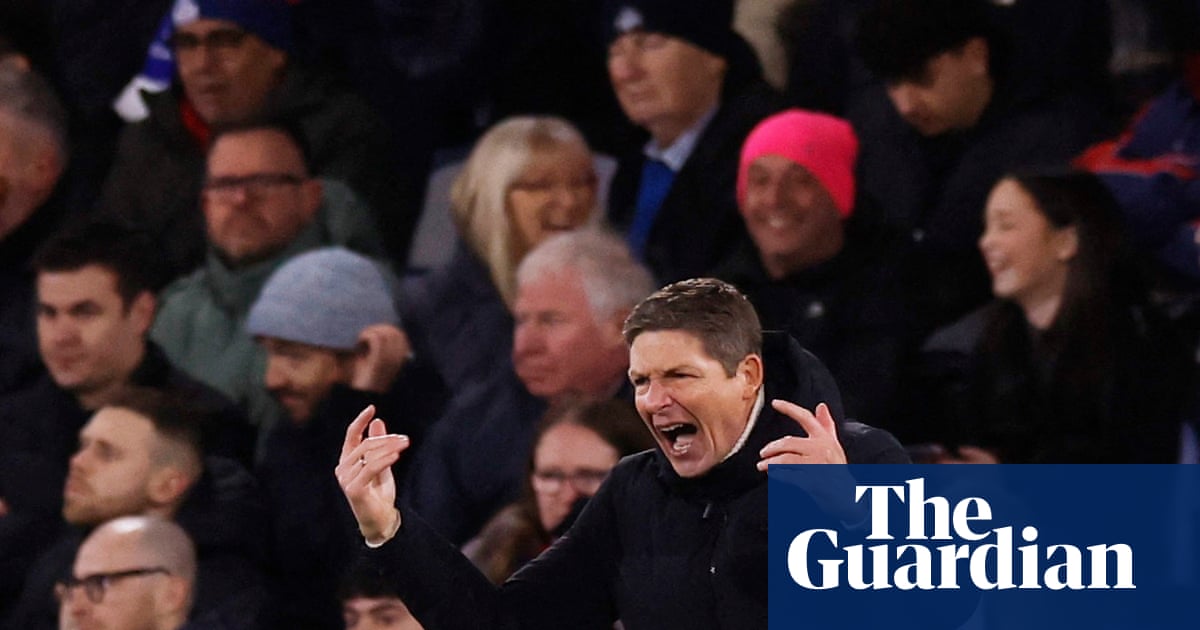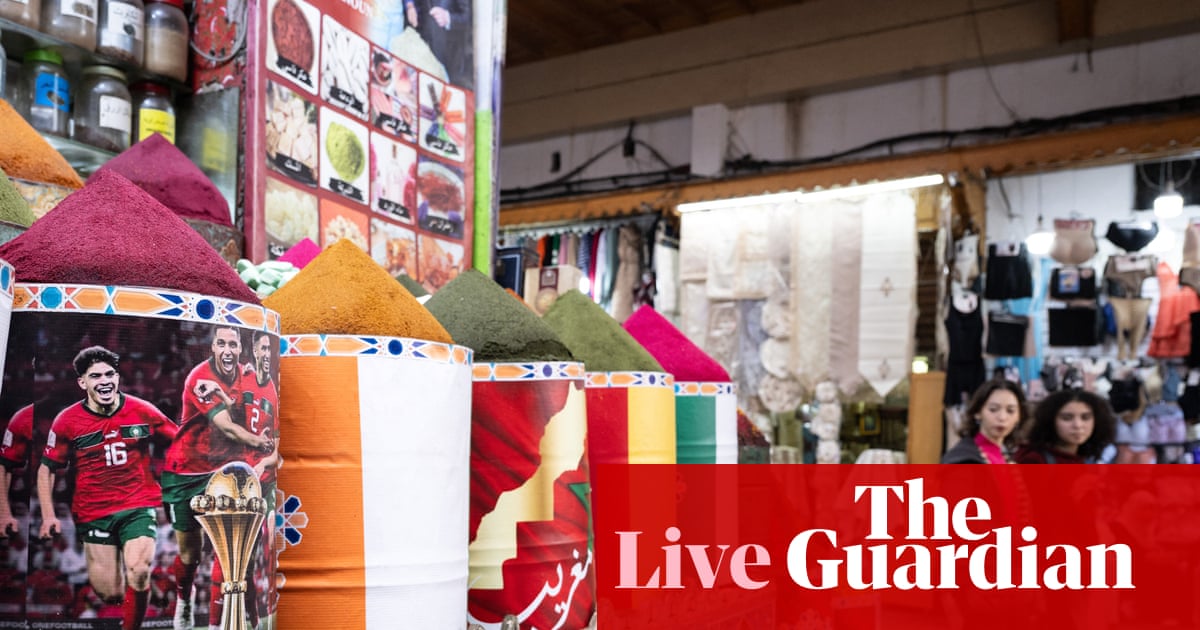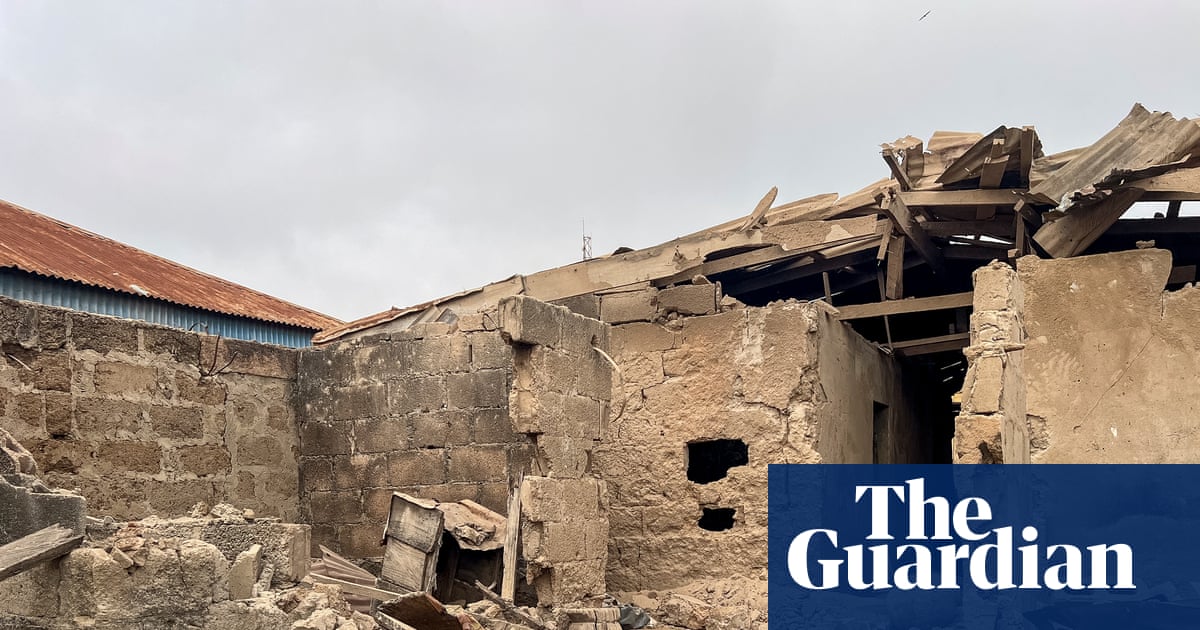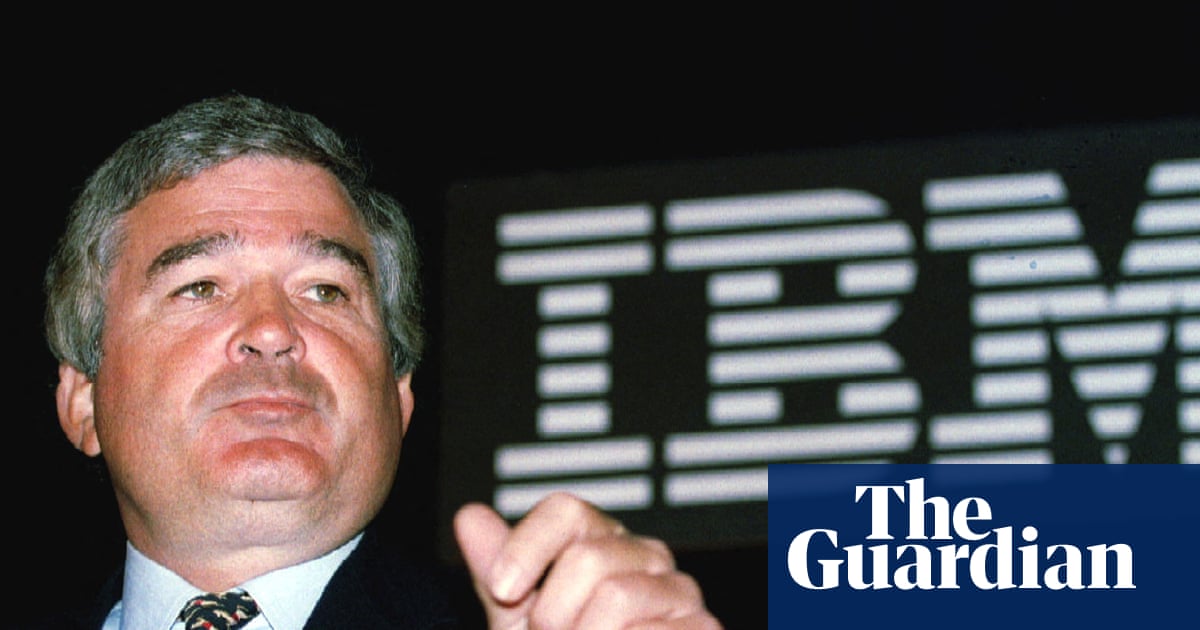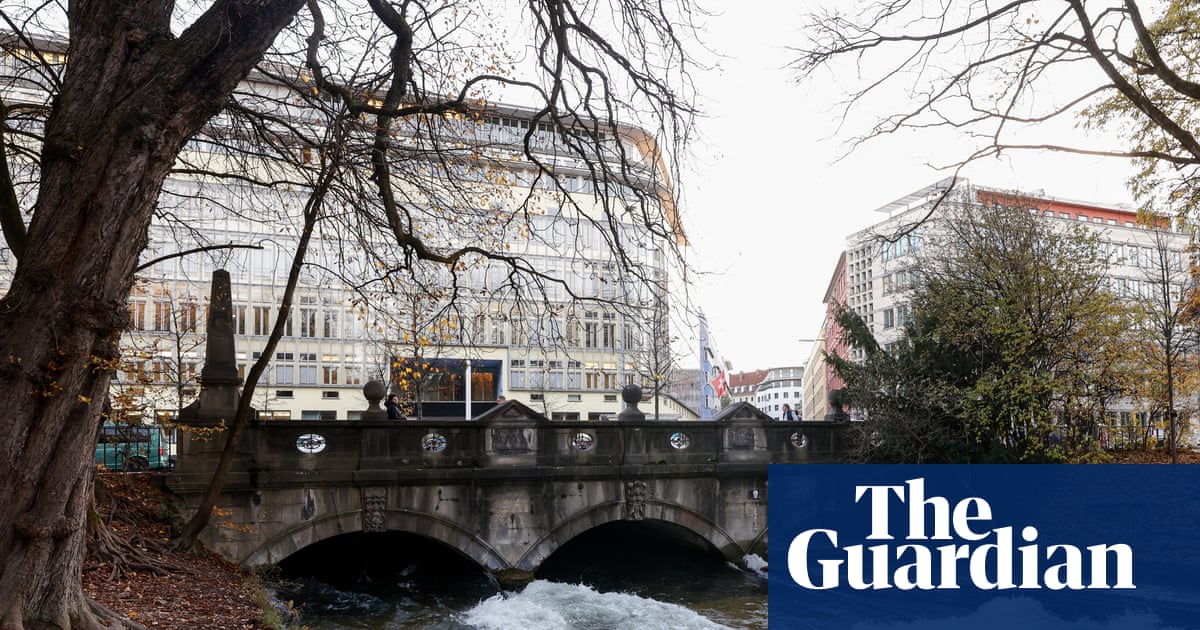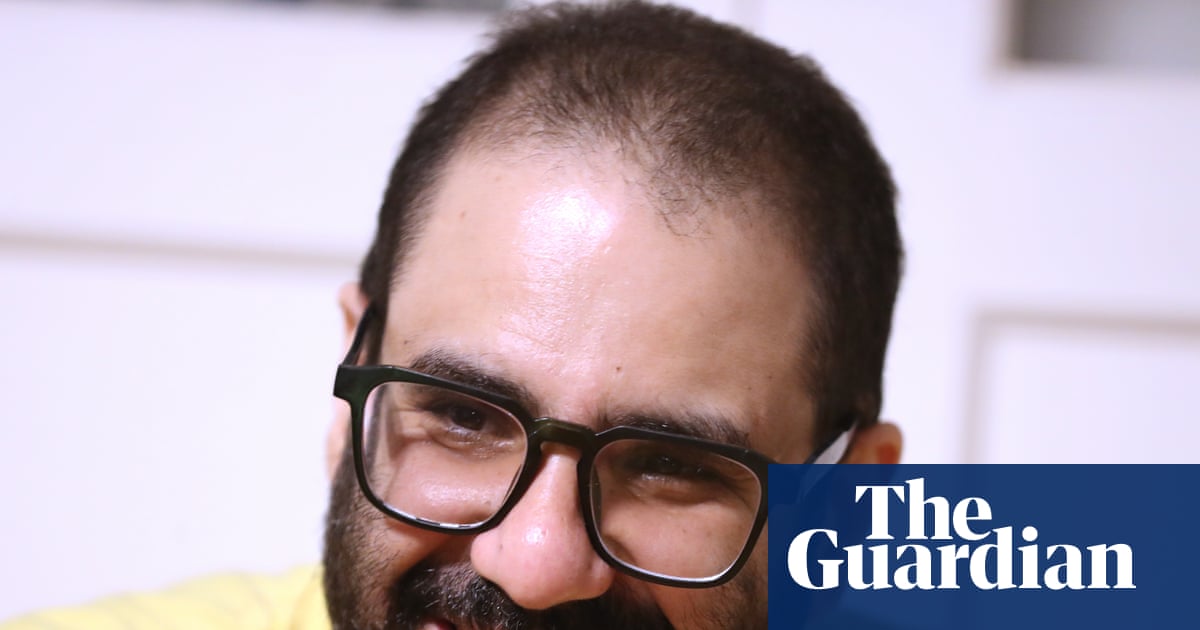I was 18 when I tried a menstrual cup for the first time. I was studying at the University of Edinburgh and Scotland had just become the first country in the world to make period products free to those who need them. The university health service was offering menstrual cups alongside the usual sanitary pads and tampons. I picked one up out of curiosity and because I just couldn’t resist a freebie.
I was used to spending £10 to £15 a month on period products, more if I was caught short and had to do a panicked dash to an overpriced off-licence. As an eco-conscious teenager I already bought non-applicator tampons but often wore a security sanitary liner underneath. It was an attempt to keep the endless worry of heavy periods at bay: will I leak, run out of supplies, or find a clean loo in time? Even so, I leaked more often than I cared to admit.
When I first heard about menstrual cups, I was sceptical. They sounded fiddly, messy and invasive; after trying one, I realised it wasn’t nearly as complicated as I imagined. It took a couple of attempts to work out how to insert it properly but, once I did, there was no going back.
Nearly five years later, my cup goes everywhere with me. These days I use a collapsible version, which can be folded down into a case the size of a tealight. It slips easily into my bag –simple and discreet. After my period ends, I use a cleaning pot to sterilise it. I fill the pot with water, place the cup inside and pop it into the microwave. A few minutes later, it’s clean and ready for the next cycle. Practical, if not particularly glamorous.
The benefits are huge. I save at least £120 a year, avoid the dryness and bulk of tampons or sanitary pads, and steer clear of the toxic chemicals that are common in many tampons. Menstrual cups are made from medical-grade silicone, last for years and feel far gentler on my body. My cramps have also reduced since using a cup.
I am glad to avoid the extraordinary amount of plastic, packaging and waste that comes with using disposable products, too. Using a menstrual cup has become an effortless, sustainable choice I can make every month.
They are also convenient. I empty my cup every morning and evening at home, and that is it. No more stuffing supplies into every bag I own. It has never leaked, even on heavy days, and travelling is much easier. On a recent surfing trip to Morocco, where tampons were hard to find, the cup was a lifesaver.
The only thing I miss is being able to help someone in a pinch. More than once, someone in a public bathroom has asked if I have a spare tampon, and I have had to say no. But switching to a menstrual cup has turned my once stressful period into something so simple that I hardly notice it, and I haven’t looked back since.

 3 months ago
60
3 months ago
60




